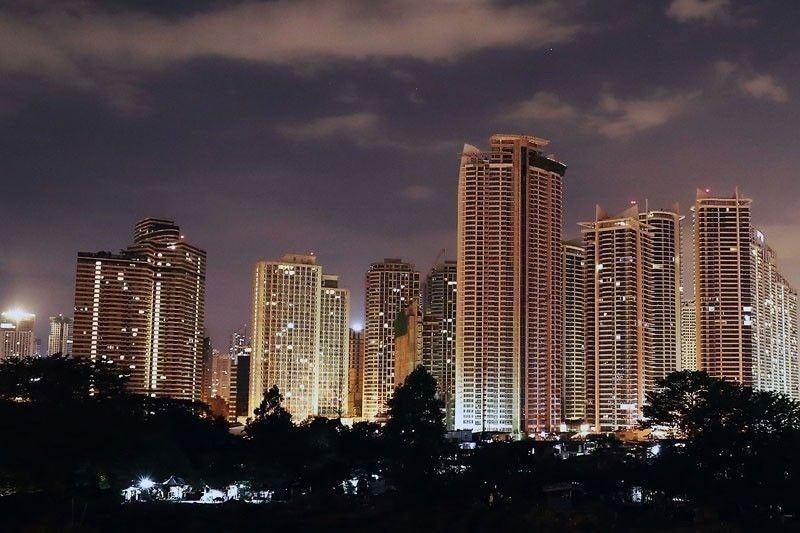Small businesses may make up 60% of Philippines GDP – Visa

MANILA, Philippines — Small businesses in the Philippines may produce as much as 60 percent of the country’s gross domestic product (GDP) if financial institutions and the government could help the sector grow in the coming years, according to global digital payments platform Visa.
Gareth Parrington, Visa’s head of commercial money movement in Southeast Asia, said that in the Philippines, 98 percent of job creation is through small businesses, contributing around 36 percent of GDP.
“I think there is an opportunity to grow and help businesses do business more effectively,” he said. “Their contribution can increase to 40, 50 or 60 percent (of GDP) as we see in Indonesia, for example.”
The biggest need for a small business owner is working capital, according to Parrington.
But the majority of these owners want to concentrate on their operations and ensure that their products are produced effectively.
However, small business owners in the Philippines do not have enough access to loans, he said. Most lending decisions are also made based on their balance sheets and assets rather than their transactions.
“A small business may not have a balance sheet or asset that is from the current period in time. It may be from last year. And their financial position can be very different six months later,” Parrington said.
“We need to continue to work with our banking partners to help understand a small business and review how we offer them credit and make decisions on their creditworthiness,” Parrington said.
He said promoting digital transformation in the sector can also help a small business, as there was a large shift in awareness and acceptance of digital payments among markets since the COVID-19 pandemic.
Based on Visa’s consumer payments study released earlier in February, card payments usage was at 70 percent in 2023 while mobile wallets usage stood at 87 percent. Cash usage among consumers also declined to 87 percent from 96 percent in 2022.
Around 83 percent of Filipinos also went cashless for an average duration of up to 10 days.
“For small businesses, getting paid and receiving money in a safe, secure way is extremely important to their operations. And we’re looking to support businesses in that digitization journey,” Parrington said. “For us, there’s a real shift that’s taking place in the Philippines.”
He noted that the Philippines could become a cashless economy by 2030, based on survey results.
However, digitizing the small business sector is a collective effort and requires partnerships from banks, financial institutions and the government.
“From a Visa perspective, anything we can do to increase acceptance and enable more businesses to become digitized helps because people then can transact in a safe way,” he said.
“We’ll also continue to invest and educate,” he said. “The Visa Foundation recently announced a $100-million investment into ASEAN. That $100 million will be spent in the Philippines amongst other ASEAN countries, specifically aimed at improving financial literacy, digital awareness for business owners, through the courses that we’ll roll out with our partners.”
- Latest
- Trending

























